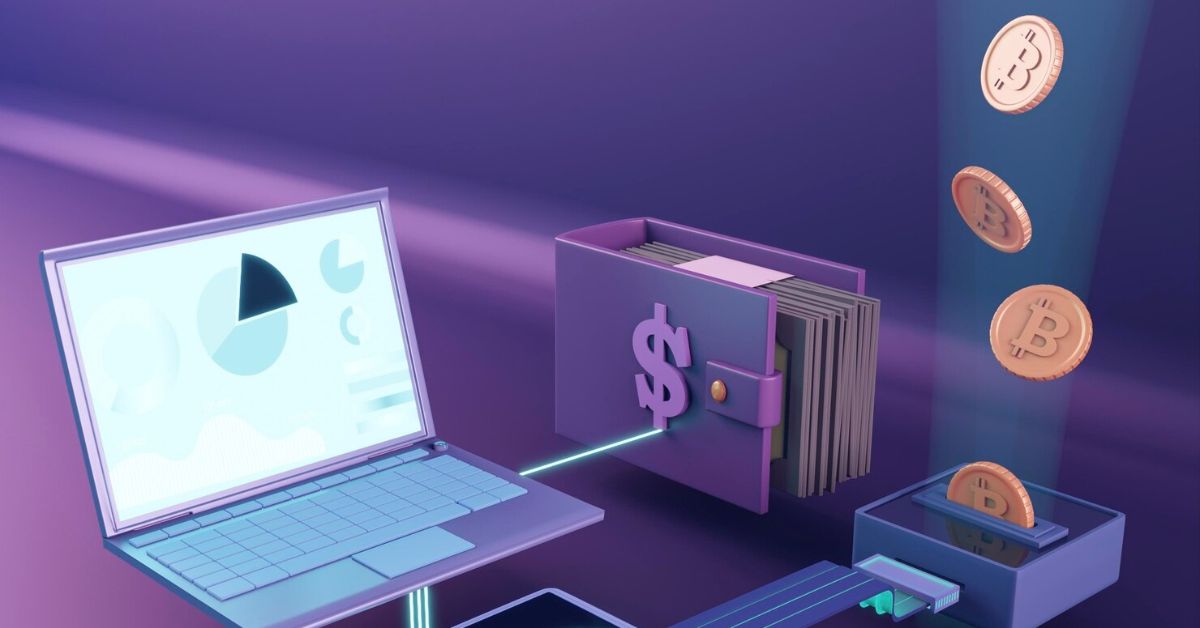The non-custodial wallet market is experiencing a significant surge, reflecting the growing demand for more secure and private ways to manage digital assets. This market is valued at USD 1.5 billion in 2023 and is projected to reach USD 3.5 billion by 2031, growing at a compound annual growth rate (CAGR) of 8% from 2025 to 2031. This rapid growth underscores a shift in consumer preference towards wallets that empower users with complete control over their cryptocurrencies. As trust in traditional custodial services wanes, non-custodial solutions are stepping up, offering advanced security features and user-friendly interfaces that cater to the evolving needs of today’s crypto users. Now, we will explore the benefits, challenges, and technological innovations driving the rise of non-custodial crypto wallets, highlighting how they are shaping the future of digital asset management.
Definition and Key Differences Non-Custodial vs. Custodial Wallets
- Custodial wallets. A third party manages these wallets, such as a cryptocurrency exchange or a financial service provider. When you store your cryptocurrency in a custodial wallet, the service provider holds the private keys—the critical piece of information used to authorize transactions. This setup is similar to having a bank manage your money; you trust them to handle your assets securely and responsibly.
- Non-custodial wallets. In contrast, non-custodial wallets put the control of the private keys directly into the user’s hands. When using a non-custodial wallet, like Walletverse, you are the sole keeper of your private keys and, consequently, have full authority over your crypto assets. This type of wallet operates more like a personal safe than a bank account, where the security and accessibility of the contents are entirely your responsibility.
Pros and Cons Non-Custodial vs. Custodial Wallets
Custodial Wallets
- Pros. Generally user-friendly, offering easy access to buy, sell, and trade functionalities. They also typically provide recovery options if you forget your password.
- Cons. You rely on the third party’s security measures, which can be a risk if the service provider is hacked. There is also the potential for the service to be frozen or seized, affecting your access to funds.
Non-Custodial Wallets
- Pros. Complete control over your assets and enhanced security since you’re not susceptible to a third-party breach.
- Cons. You must be diligent in securing and backing up your private keys because losing them means losing access to your assets.
Benefits of Non-Custodial Crypto Wallets
- Security. The security benefit of non-custodial crypto wallets cannot be overstated. Since you hold the private keys, the risk of losing your assets due to a hack at a third-party provider is virtually eliminated. Moreover, these wallets often implement advanced security features, such as encryption and biometric authentication, to ensure that only you can access your funds.
- Privacy. Non-custodial wallets offer superior privacy because they do not require you to share personal information with a central authority. Transactions made from non-custodial wallets are directly between the sender and receiver without intermediaries. This feature particularly appeals to those who wish to keep their financial activities private or are concerned about data breaches leaking their personal information.
- Control and Autonomy. Using a non-custodial wallet gives you full autonomy over your crypto assets. You can decide when, where, and how to spend or transfer your coins without needing approval from a third party. This level of control is essential in regions with unstable financial systems or for individuals who prefer to manage their funds without external restrictions or delays.
- Empowerment. Non-custodial wallets empower users to engage with the broader crypto ecosystem more freely. They facilitate direct interactions with smart contracts, decentralized applications (dApps), and other blockchain-based services without intermediaries. This empowerment encourages innovation and participation in the burgeoning world of decentralized finance (DeFi).
These expanded sections provide a comprehensive understanding of the distinct differences between custodial and non-custodial wallets and outline the critical benefits of choosing a non-custodial approach, mainly focusing on security, privacy, and user empowerment.
Challenges and Considerations
Responsibility. The freedom of managing one’s keys comes with the responsibility of keeping them safe. Losing access to the keys in a non-custodial wallet means losing access to the crypto assets forever.
Usability. Non-custodial wallets require more technical know-how compared to custodial solutions. Users must be comfortable managing their own security details without the backup that custodial services might offer.
Recovery. Recovery options are limited if access credentials are lost. Unlike custodial wallets, there is no customer service to call for lost passwords or compromised accounts.
Technological Advances Supporting Non-Custodial Wallets
Innovations such as biometric security features and multi-signature capabilities enhance non-custodial wallets’ security and usability. For example, Walletverse incorporates these technologies, allowing for a user-friendly experience while ensuring users retain full control over their assets. Its intuitive interface facilitates the easy management of a diverse portfolio with support for over 600 different cryptocurrencies, making it an ideal choice for users seeking a secure, efficient, and user-friendly non-custodial wallet solution.
Non-custodial wallets represent a significant step towards genuine financial autonomy in the digital age. They empower users with unmatched security, privacy, and control over their digital assets, aligning with the foundational principles of blockchain technology.











